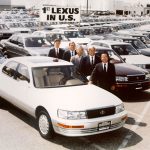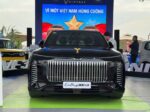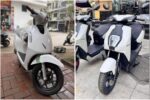BMW’s new technology aims to create a sense of openness and the feeling of sitting in a convertible car for passengers.
Recently, BMW has filed a new patent focusing on reducing motion sickness for passengers, especially those in the back seat.
Prior to BMW, other automakers have been exploring solutions for motion sickness for many years. For example, Volkswagen has experimented with movable seats and LED strips, while Jaguar has conducted extensive research to address the brain’s confusion that causes motion sickness.
According to Carbuzz, as autonomous driving technology continues to advance and become more prevalent, the incidence of motion sickness among users is expected to rise. BMW aims to proactively tackle this issue in their vehicles.
The simplest solution is a panoramic sunroof, which provides a spacious environment and an appropriate window aperture to minimize conflicting signals to the brain. However, BMW’s roof-mounted screen diminishes the benefits of a sunroof. To address this, the Theatre Screen roof-mounted display will project images that are synchronized with the car’s movement. In other words, BMW’s screen can function as a “panoramic sunroof” by projecting images of the sky, trees along the road, or simulated scenery such as mountains and oceans. Cameras can capture the surrounding scenery and display it on the screen.
This complex technology requires the vehicle to have multiple sensors. BMW states that the roof-mounted screen needs to adjust for the car’s inclination relative to the sky, as well as its speed and orientation in relation to static celestial objects like the sun, moon, stars, or flying birds.
BMW could also utilize GPS data, combined with weather forecasts and astronomical information, to project the most realistic images onto the screen, regardless of weather or lighting conditions. Additionally, AI can enhance the appearance of the roof scenery, particularly when looking at a cloudless sky.
Acceleration and gyro sensors will ensure that the images synchronize with the car’s motion, and all these features combined aim to provide passengers with the sensation of sitting in an open car, ultimately reducing motion sickness. This concept seems promising, but it is likely to be available only in autonomous vehicles.
TT (Tuoitrethudo)
Reference: Carbuzz

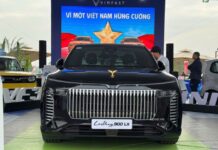

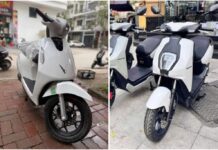





















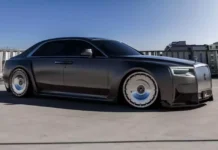




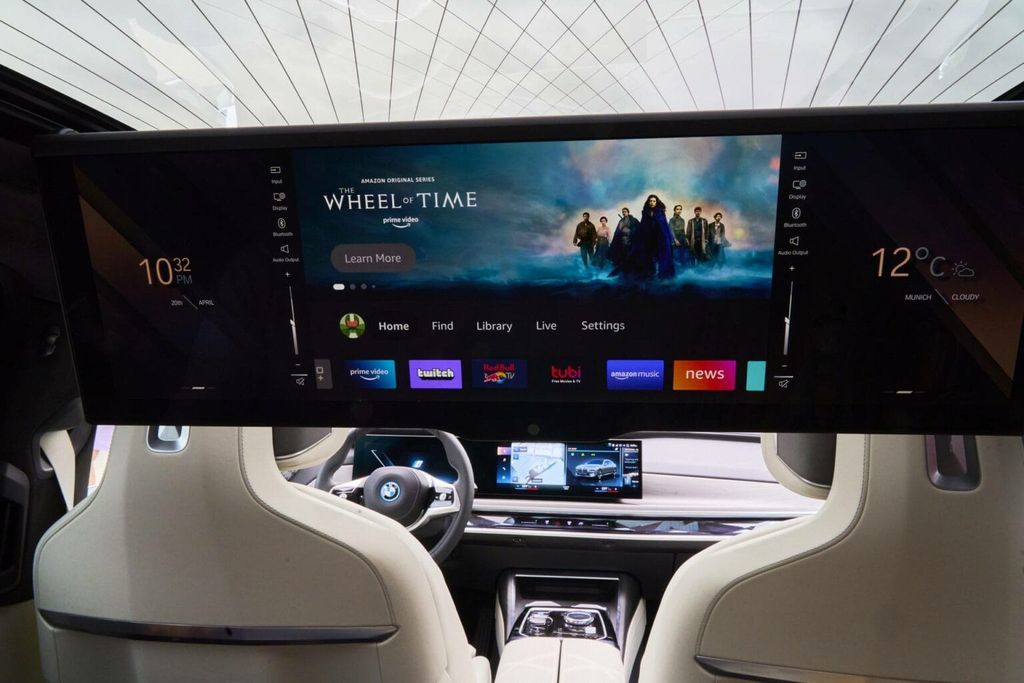
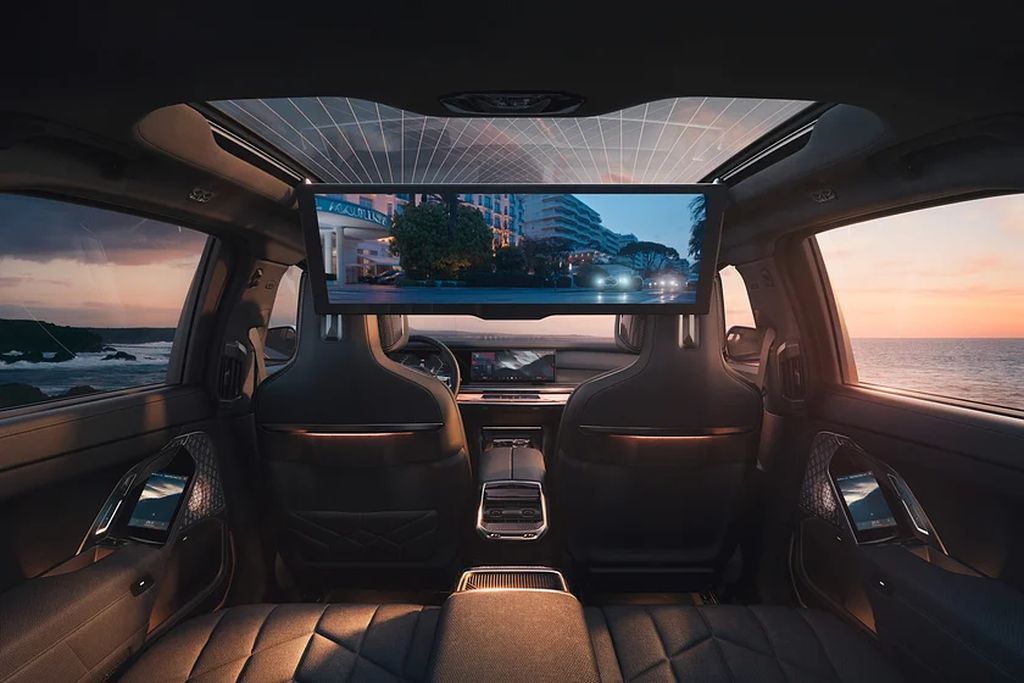
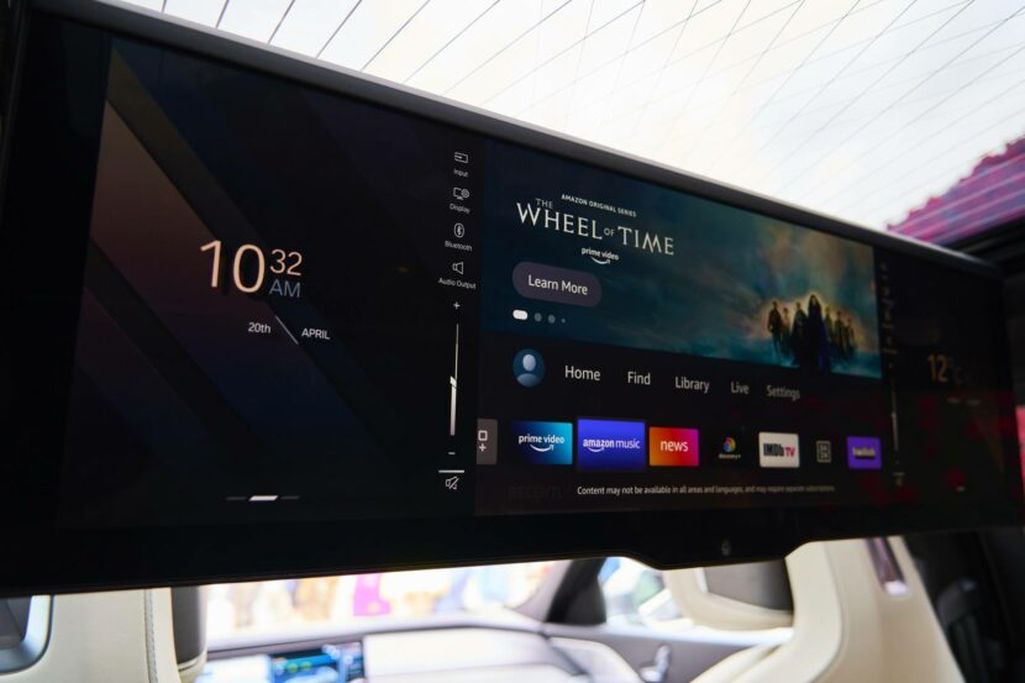
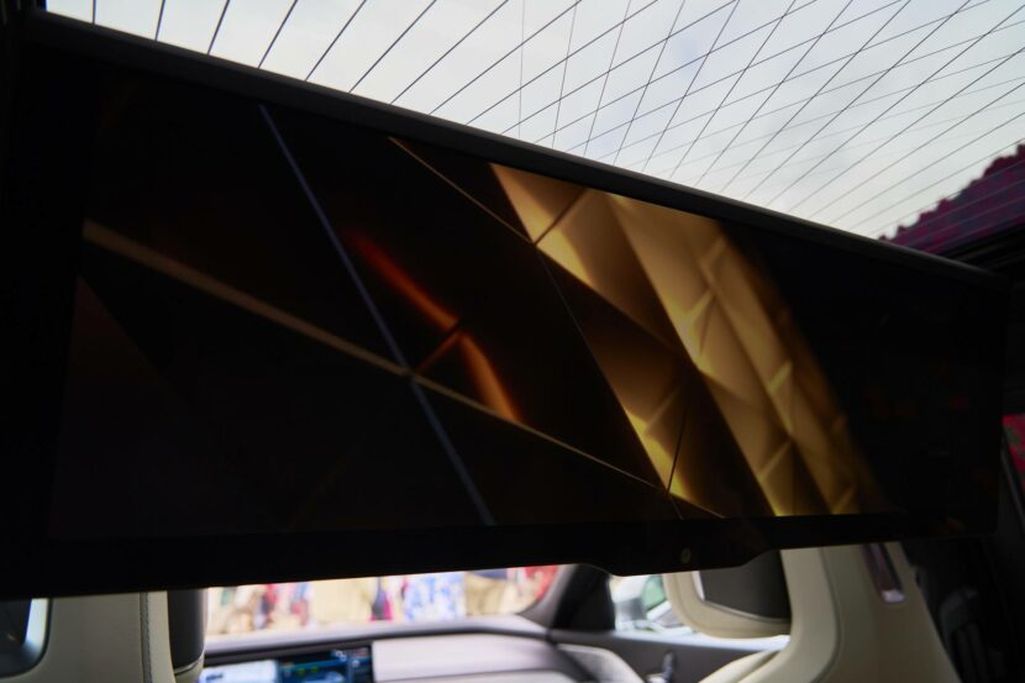
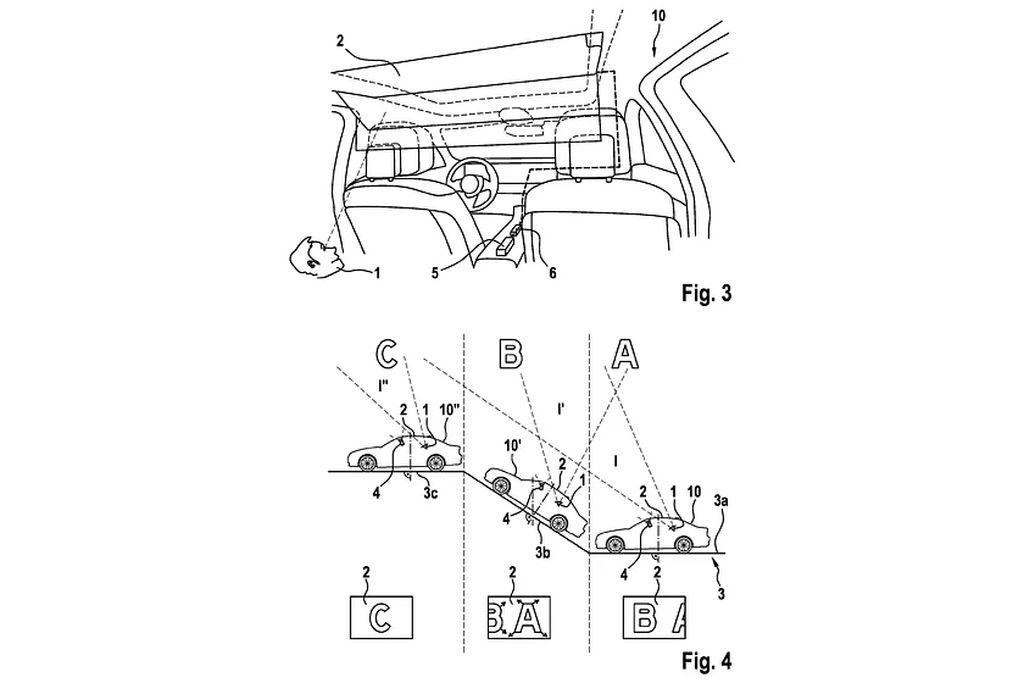
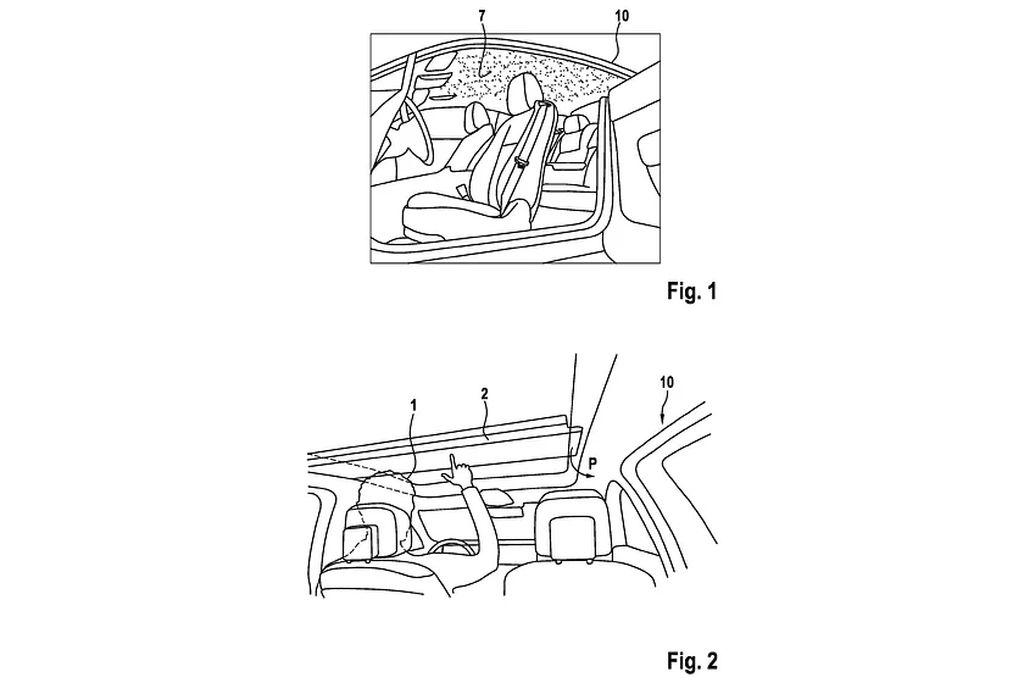
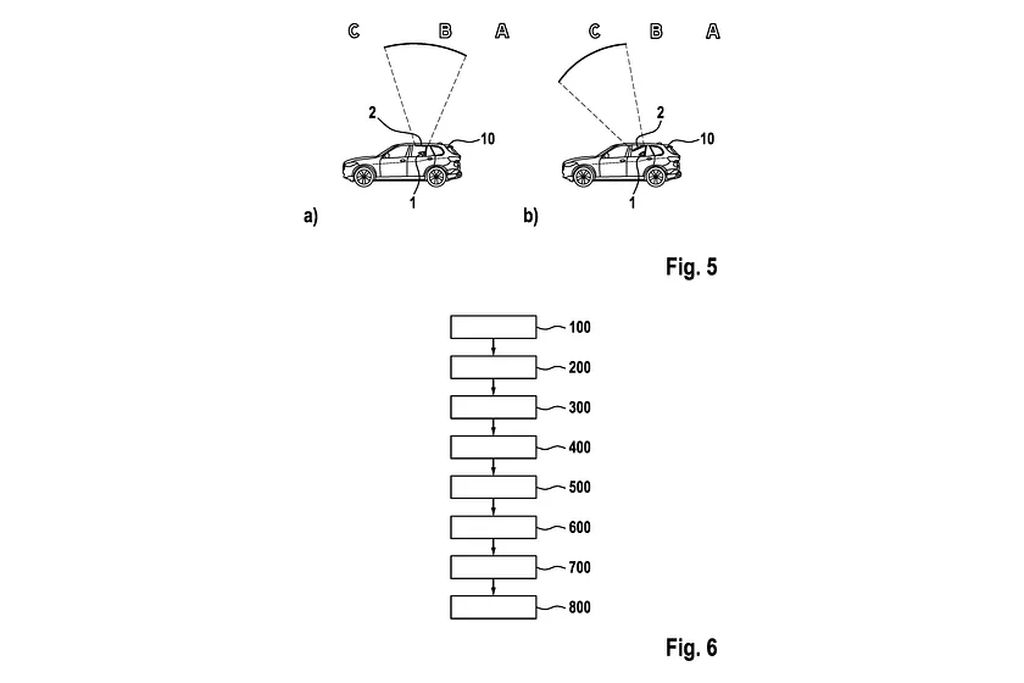
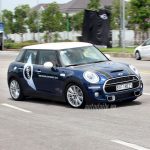
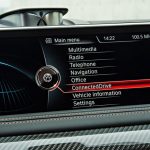
![[CAR REVIEW] The Newly Launched BMW iX3 in Vietnam: Compact, Practical, and Expensive](https://vnauto.net/wp-content/uploads/2023/10/xehay-bmwix3-01082023-9-150x150.jpg)

